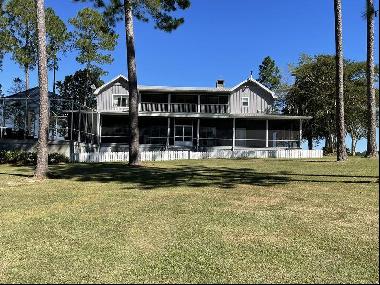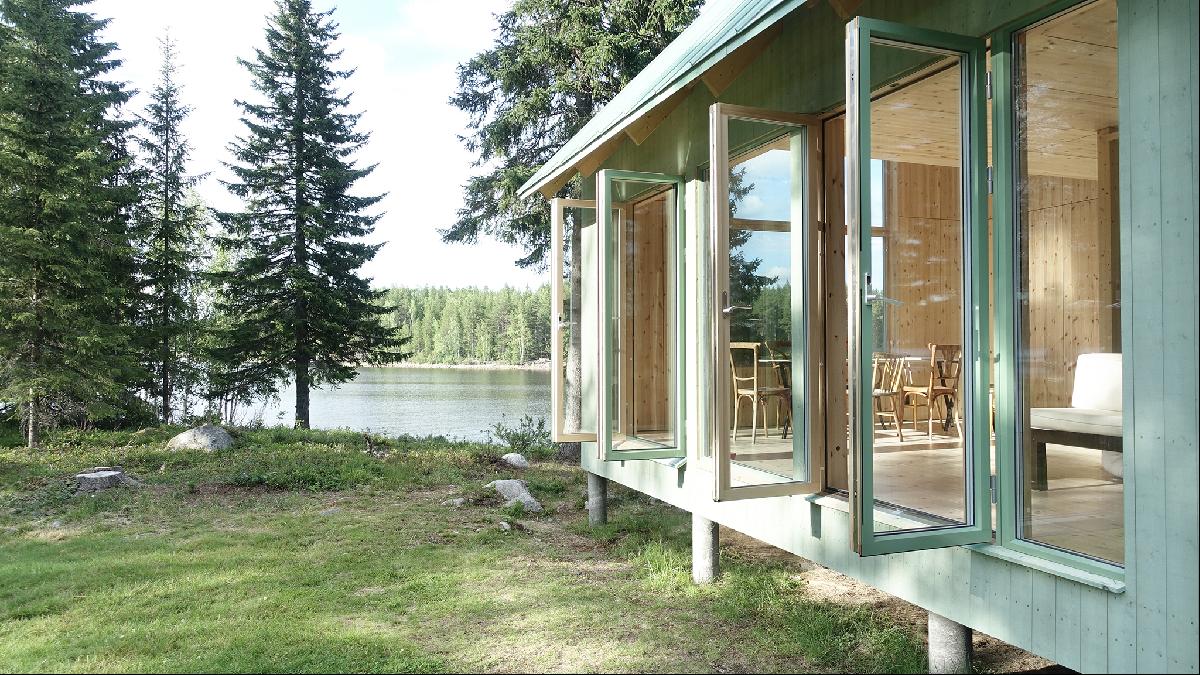
By Edwin Heathcote
At its most elemental, architecture can be reduced to the simplest shelter, a hut, perhaps in the woods. It is an archetype most perfectly embodied in the cabin, the room with a roof set in the lands.
From Henry David Thoreau to Martin Heidegger, via Le Corbusier, the cabin exemplifies an idea of a place to think, to dwell in the forest or by the beach. It has become not only an archetype but a cliché, an ideal of simple living, one that was belied by Thoreau’s mother bringing him baskets of sandwiches in his beloved woods, or by Heidegger’s vision of the hut as a dwelling that excluded others (a slightly Nazi dwelling, in other words), or by Le Corbusier’s envious glances up the hill from his famous Cabanon at Irish architect Eileen Gray’s beautiful white house, which he would later paint all over unbidden.

The cabin is supposed to symbolise a simple life but perhaps it is more often an escape to an imagined idyll, a bourgeois toy to accommodate an idea of living in nature, apart and alone. It is simultaneously an idea of the survivalist pitting himself against nature, the prepper and Marie Antoinette.
The coronavirus has had an intriguing effect on a certain kind of minimal architecture. It has at once highlighted the disparity between those with plentiful space and gardens and those without, between those able to escape to capacious second homes and those stuck in the city, journeying to and fro on public transport. Those in cramped accommodation struggle while those with cabins in the grounds of big holiday homes play at the simple life.
Except it is not that simple any more. Cabins have become an industry, a subsection of architecture that allows architects to show off and clients to imagine a rural existence while their luxurious main and second homes accommodate the accoutrements of real life.
On the other hand, of all architectural pursuits the country cabin is arguably among the least harmful, particularly as their designers tend to experiment with the kinds of timber construction it remains almost impossible to try in the cities featuring most of their work. So the cabin becomes a laboratory, an experiment in ways of living and a cultural token, a little architectural gem for the client whose other homes might be more set in their forms.
Always among the most reliable of the woods builders, practice Olson Kundig’s Vermont Cabin in Stowe is the top end of the field. At three storeys and executed in concrete and Corten steel, as well as more modest plywood, it might not be that much of a cabin at all. But it is a fine building. Its simple monopitch roof, broad, overhanging eaves and mid-century modern inflected glass walls seduce the viewer into thinking this might still be a modest home in the woods.

Swedish architects Josefine Wikholm and Bornstein Lyckefors’ green cabin on the Swedish island of Kallaxön is a little more modest. Its exterior has the sunny, summery, pastel feel of a Carl Larsson interior but its actual interior is sparse, exposing the pine of the structure.
The window wall pivots open to the landscape while a small bedroom up top nestles entirely under the steep roof for maximum rural domesticity. The structure is elevated on simple columns to avoid flooding but it also adds a lightness, and the grass and rocks beneath allow it to sit lightly in the delicate setting. The exaggerated end window, with its cross-shaped mullion and transom, is a neat touch, a little playful postmodernism creeping into the simple Scandi self-consciousness.

Much more modest is Belgian architects dmvA’s Cabin Y. A 12m sq box with a picture window and not very much else, it sits somewhere between a carpentry container and a super-elegant minimalist installation. With one end all glazed and pivoting entirely open, and a small sleeping gallery at the other, it is a neat, transportable solution, albeit a little unconventional.
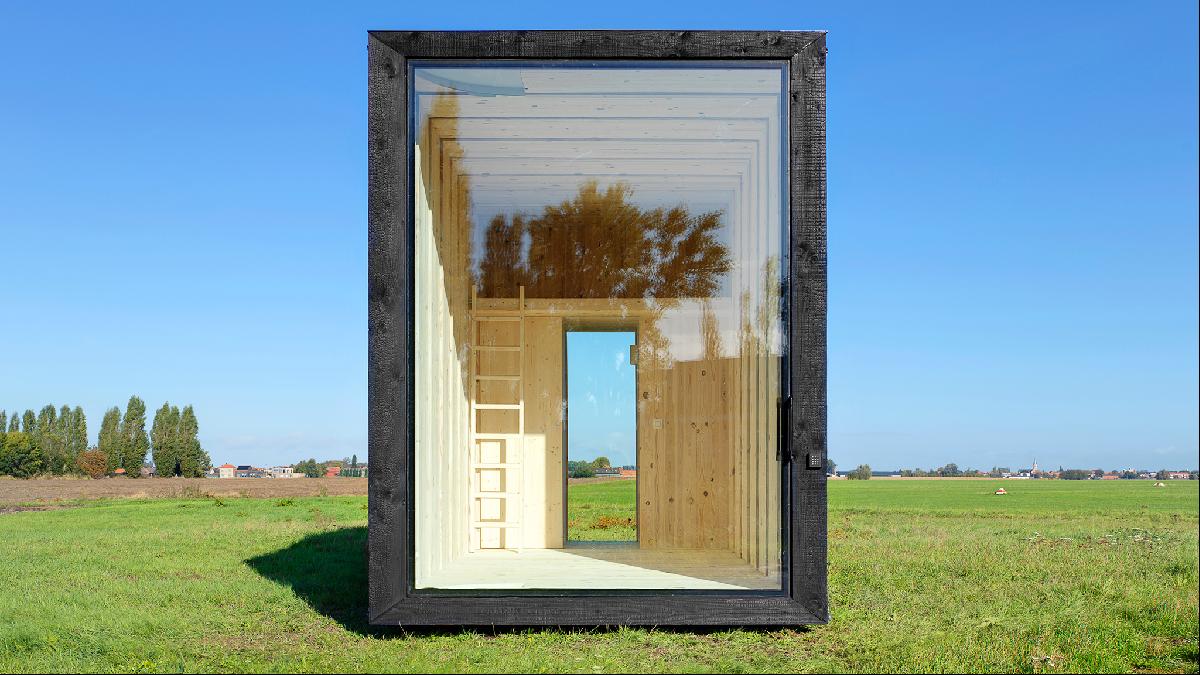
On the other side of the world, in Tasmania, Taylor + Hinds Architects built a trio of cabins which draw on the local tradition of shack building. One of these, the black timber clad cube, is richer inside than its exterior suggests, glowing with gold and copper tones and expansive views of the flat landscape and big sky. What is more unusual here is that rather than being conceived purely as isolated retreats, the group of structures is intended as the anchor for a large and denser future development. Cabins as precursors rather than rural full stops.
More modest but similarly neat is another Australian cabin by designers Fresh Prince. The small, black clad wheeled cabin is compact with simple plywood linings, raw concrete finishes and a structure made from local tree thinnings. Designed to be easily transportable, it is a refined take on a simple archetype and perhaps a nod back to Thoreau’s idyll and local shacks.

GAAA/Guillermo Acuña Arquitectos Asociados’ cabin in Chile appears more ephemeral. Its shell is completely transparent, the skies and the forests visible from throughout and only a sun-blind to blot anything out. It is a simple, elegant structure on a long deck, with none of the traditional cabin motifs — yet still all cabin.
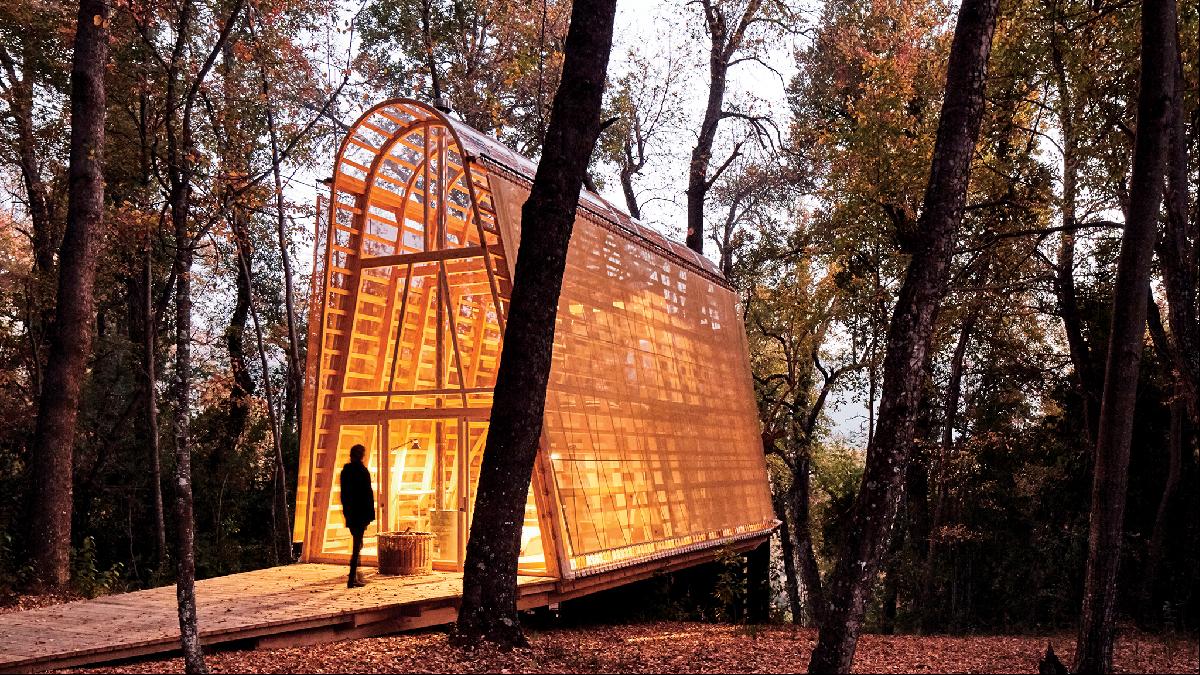
Finally, design studio Hannah’s Ashen cabin combines digital fabrication with salvaged timbers that had been affected by insect infestation. The result is a curious form that builds on the imperfections of material and the strange qualities of 3D-printed concrete. It has elements of Brutalism, ad hoc vernacular and dystopian sci-fi, and looks strangely pleasing if, perhaps, a little overwrought.
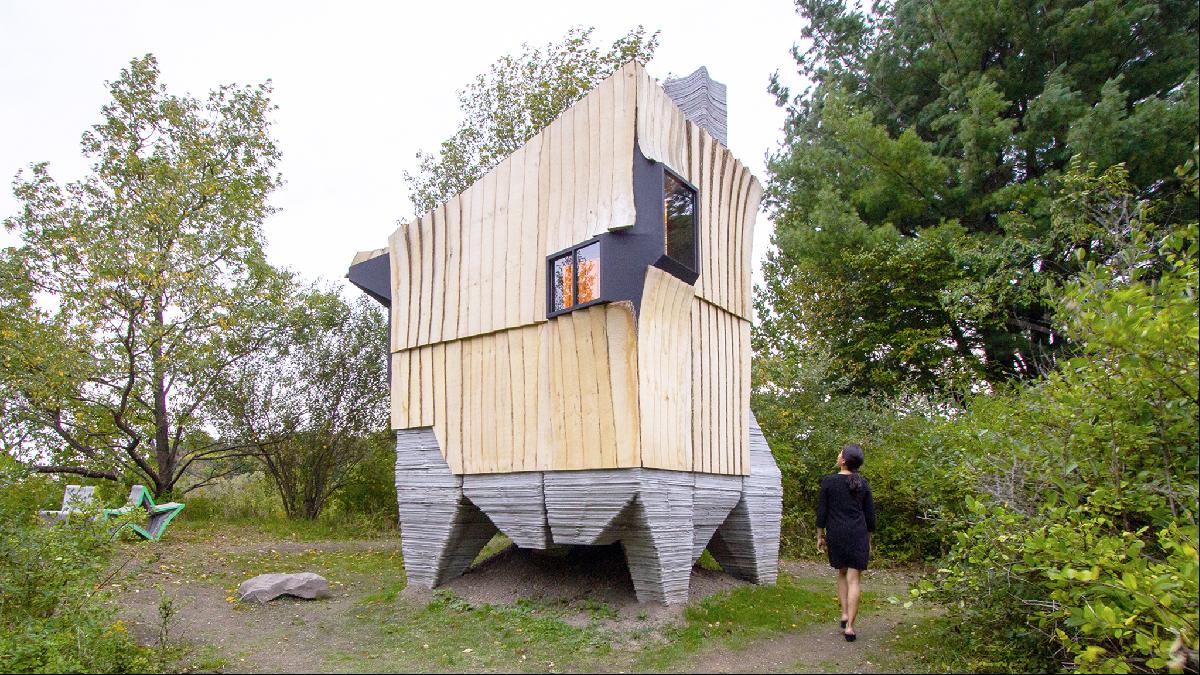
These may mostly appear a little too comfortable to truly be classed as cabins. But there is always a conceit in the concept. The cabin is as much a plaything of the affluent as a boat. But they do, perhaps, point the way to more modest structures.
It is, in its way, a dream commission for a young architect and not too large an outlay. So why not?
Search for your own cabin on FT Property Listings. A two-bedroom log cabin in the woods of Wyoming is on the market for $1.25m
Photographs: Carl Axel Bejre; Alamy; Aaron Leitz; Bart Gosselin; Cristóbal Palma/Estudio Palma; Andy Chen


